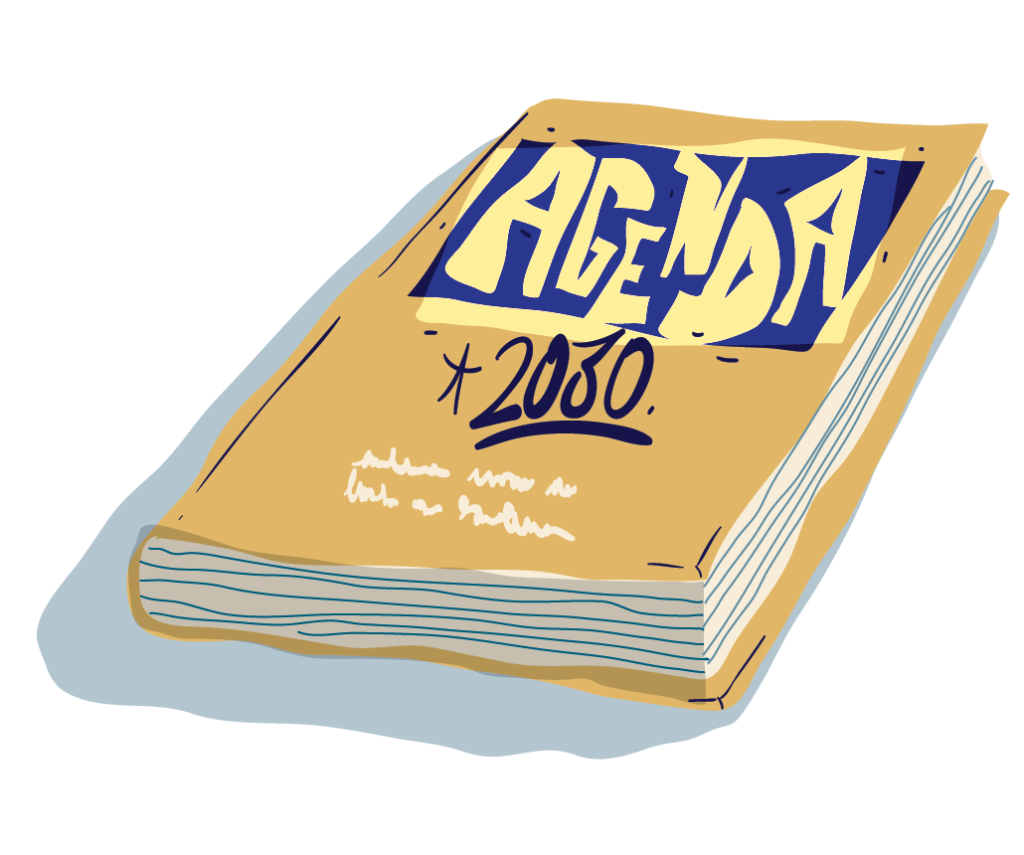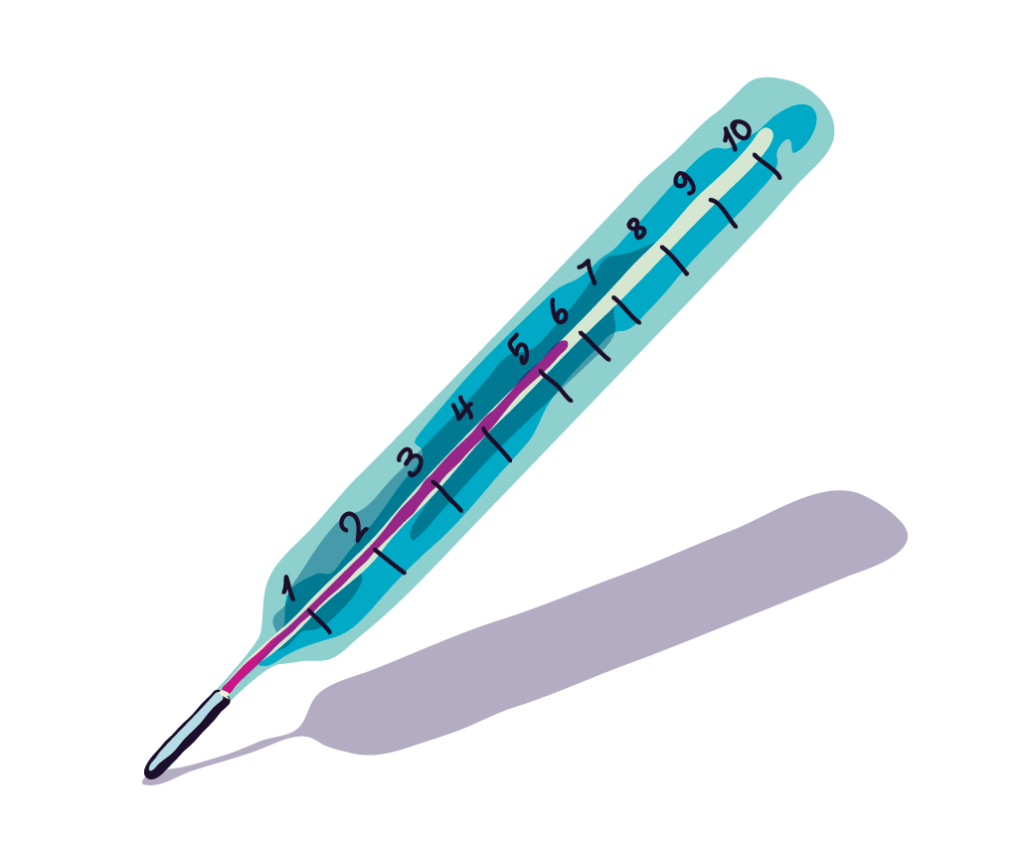Effectiveness of my Human Rights-Based School
Living Democracy » Principals » HUMAN RIGHTS BASED SCHOOL » Effectiveness of my Human Rights-Based SchoolAwareness
Every child has the right to an education. This basic tenet was further developed in Goal 4 of the UN Agenda 2030. What every educator needs to know and understand is that education by itself is not enough: Students of all ages have the right to a quality education, and to effective learning approaches.
Thus, the main goal for your school is to guarantee exactly this: all students must have the opportunity to become successful learners – on their own level of possible achievements, regardless of gender. Education for all as a human right cannot be achieved without you, as a school head, asking yourself how effective your school is in its systematic support, and how successful your teachers are in supporting individual learners in their everyday classroom practice.
Creating a learning environment that demonstrates and promotes a broad definition of quality must be central to topic 2 – The effectiveness of your Human Rights-Based School. There are many possible criteria for effective learning. In the following four rubrics, we propose to consider four important aspects of quality: Quality in the learning environment, the students’ disposition and readiness for learning, the teaching-learning processes and content, and the outcomes.

Quality learning environments include:
- policies and practices which prohibit explicit or implicit discrimination, harassment, humiliation, violence, corporal punishment, and substance abuse,
- facilities with adequate classrooms, clean water supplies, and sanitation facilities,
- services that promote safety, and physical and psychosocial health.
Quality learners are:
- Healthy
- well-nourished
- ready to learn
- supported by their family
- supported by their community
Quality teaching-learning processes and content:
- with student-centered and life-skill based competences,
- with approaches to education and technology applications designed to reduce disparities and promote quality learning,
- with relevant curricula and adequate materials for literacy and numeracy, and
- the essential knowledge as well as skills and competences for life.
Quality outcomes:
- defined learning outcomes (knowledge, attitudes, and skills),
- suitable ways to assess them at the classroom, school, and national level.
Preparation
What steps to take?
- Form a team to work with during the whole process. With your team, start by jointly discussing the overall approach and review the list of 28 indicators.
a. Choose the ones that are important for your school.
b. Add Indicators you consider missing.
c. Fill in the form with about ten indicators you find important. Be sure to choose some where you do well and some where you need additional development. - Prepare a team action plan and a time frame for a first assessment, which will be the starting point for the further development. Include in the assessment:
a. Pupils
b. Teachers
c. Other school staff
d. Parents
e. School board
f. Members of the community you may be cooperating with.
g. … - Develop the action plan and the time frame. Make sure, they include
a. The school’s profile after the first assessment.
b. Steps you will undertake (in the next 6 – 12 months).
c. A second assessment to learn about the developments.

28 possible indicators for your school to assess your effectiveness:
- The school has a clear mission and/or vision statement that is prominently displayed and has been adequately explained to all school staff, students, parents, and community members.
- The school has, monitors, and enforces policies against any form of discrimination pertaining to enrollment and teaching.
- The school has, monitors, and enforces policies against corporal punishment and any other form of violence.
- The school has, monitors, and enforces policies on proper sanitation and hygiene for teachers, staff, and students.
- The school head provides strategic direction and effective leadership guided by a written supervisory plan.
- The school coordinates with local pre-school centers to ensure the seamless continuation of early childhood development.
- There are adequate desks, chairs, and classroom facilities to meet the needs and abilities of all students.
- The school grounds provide sufficient room for students to play safely and- if possible – creatively.
- School buildings and facilities are clean, safe, and regularly maintained.
- Classrooms are orderly and have adequate lighting, ventilation, heating and cooling.
- Adequate numbers of clean and separate female and male toilets are available for use by girls and boys, as well as female and male school staff.
- All students have ready access to clean drinking water.
- An adequate waste disposal system is provided and maintained.
- The curriculum and classroom work support each student’s learning needs in a meaningful and practical way. If not, pertinent curriculum adaptations are advised as much as possible.
- Teachers are ready and able to deal with controversial issues (that may arise from the content of educational materials, textbooks, and learning resources), and prepared to encourage critical thinking and understanding.
- Teachers regularly prepare lesson plans and revise them accordingly.
- When needed, teachers support students in acquiring the official language(s) of instruction while respecting and supporting the learning of the children’s mother tongue – as much as this is possible.
- Teachers receive appropriate training in student-centered learning approaches to ensure that the students participate actively in their learning, individual differences are respected, and student well-being is promoted. Teachers use instructional methods that are suited to each student’s age, abilities, and ways of learning.
- Teachers regularly assess their students’ performance, using different types of assessment, with a view to providing feedback and guidance to help students improve.
- All students are encouraged to work together in flexible and heterogeneous groups to solve problems, do projects and achieve their learning goals.
- All students are encouraged to express their views and feelings through the arts (music, drawing, drama, photography, etc.)
- Classroom learning is flexible, dynamic and active, and occurs in a context of order and stability.
- Each classroom has a “students’ corner” with supplementary learning and recreational materials as well as displays of student work.
- The school takes positive steps to increase teacher recognition, such as facilitating promotions – where this is possible – and achievement sharing.
- Teachers support their cohorts by sharing effective teaching techniques and exchanging experiences.
- Teachers are afforded opportunities for professional development as well as innovation (e.g. through project-based learning or self/peer-reflection techniques).
- Teachers have their own lounge and/or work area.
- The community is mobilized to support teachers and their teaching.
Action
Choose in your team 10 indicators from the list.
| Chosen indicators for effectiveness | Status of this indicator in my school from 1 to 10 | Steps to be taken (collected by the discussion teams) |
| 1. | ||
| 2. | ||
| 3. | ||
| 4. | ||
| 5. | ||
| 6. | ||
| 7. | ||
| 8. | ||
| 9. | ||
| 10. |

- Based on the list above, prepare a handout or flipcharts to be given to all stakeholders included in the assessment process.
- Form roundtables with the different stakeholders (pupils, teachers, staff members, parents, board members, etc). The latter may meet on the occasion of a big school event, or scheduled meetings according to their availability.
- Have them discuss their assessment and their comments.
- Task them to come up with proposals for improvement.
- Collect all comments and proposals in your team.
- Devise a clear and actionable master plan for the coming 6 to 12 months.
- Report the masterplan to all key players involved.
- Plan the next assessment period (Transparency comes first!).

